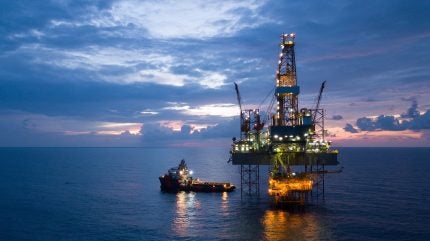
Equinor and its partners have confirmed a gas/condensate discovery at well 6406/2-L-2 H, located 260km southwest of Brønnøysund in the Norwegian Sea.
This discovery is adjacent to the Lavrans field, which is currently under development.
According to the Norwegian Offshore Directorate, the well aimed to confirm the presence of hydrocarbons in the Lower Jurassic sandstones of the Tilje Formation and was drilled by the Transocean Spitsbergen rig in production licence (PL) 199 in the Haltenbanken Vest Unit.
Preliminary estimates suggest the discovery holds between two and four million standard cubic metres of recoverable oil equivalent.
The licensees are now considering the potential of tying the discovery back to the infrastructure being developed for the Lavrans field, part of the Kristin field.
Equinor operates PL199 with a 52% stake. The other partners in the venture are Petoro (27%), Vår Energi (15%) and TotalEnergies EP Norge (6%).
The well encountered a 30m gas/condensate column with moderate-to-good reservoir properties in the lower Tilje Formation and additional gas/condensate in the upper parts with moderate-to-poor reservoir properties.
Despite not being formation-tested, the well’s drilling reached measured and vertical depths of 6,075m and 5,045m below sea level, respectively, and concluded in the Åre Formation of the Lower Jurassic.
Following the permanent plugging of the wellbore, the Transocean Spitsbergen rig is set to continue drilling at the same location.
This discovery comes as Equinor plans to invest between Nkr60bn ($5.7bn) and Nkr70bn annually in offshore oil and gas operations in Norway until 2035.
Equinor expects strong demand for fossil fuels to persist and aims to maintain a production level of 1.2 million barrels of oil equivalent per day (mboe/d) in Norway by 2035, slightly down from 1.4mboe/d in 2023.


